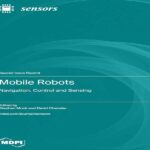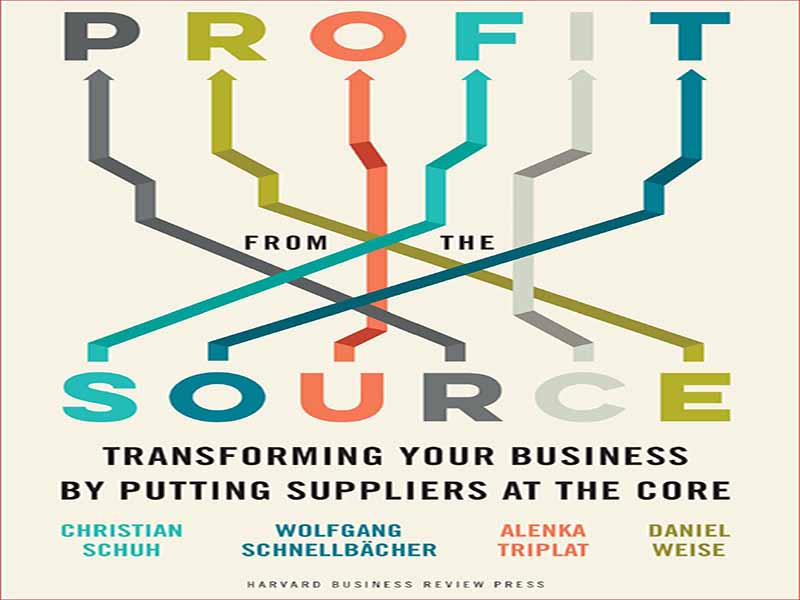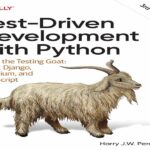در آگوست 2011، یک افسر سابق تدارکات کمتر شناخته شده جای مشهورترین مدیر اجرایی روی کره زمین را گرفت. تا آن زمان، تیم کوک دوران حرفهای خود را در بخشهای پشتیبان شرکتهای فناوری، به دور از تبلیغات خیرهکننده گذرانده بود. او قبل از پیوستن به اپل به عنوان معاون ارشد عملیات در سراسر جهان و به عهده گرفتن مسئولیت تدارکات، مدیر اجرایی IBM و به طور خلاصه مدیر ارشد اجرایی در Compaq Computers بود. حالا او میخواست جایگزین نابغه خلاقی شود که شرکت رایانهای اپل را تأسیس کرده بود و پس از دوازده سال وقفه زمانی که شرکت را برای دنبال کردن سایر علایقش ترک کرد، به عنوان یک ناجی بازگشته بود و آن را به مظهر باحالی تبدیل کرده بود: استیو جابز غیر قابل تعویض در آن زمان، ارتقای کوک به شغل برتر بسیار بحث برانگیز بود. بسیاری از ناظران صنعت این سؤال را مطرح کردند که آیا او مرد مناسبی برای اداره شرکتی است که در آن سبک و «ظاهر» به ظاهر مهمتر است. و هنگامی که چند ماه بعد، کوک آیفون 4S را با استقبال بیصدا عرضه کرد، به نظر میرسید که شکها به اثبات رسیده باشند. همانطور که نیویورکر گزارش داد: «به نظر می رسید که اپل با نمایشی بودنش دچار مشکل شده است. این شرکت یکی از راهاندازیهای افسانهای خود را برگزار کرد – برای اولین بار توسط تیم کوک عینکی، نه استیو جابز یقهپوش – و مردم کسلکننده.» (1) اما دیگرانی بودند که انتصاب کوک را واقعاً الهامبخش توصیف کردند. برای آنها، این نشان داد که هیئت مدیره – و جابز، که کوک را به عنوان جانشین خود انتخاب کرده بود – درک کرده بودند که چه چیزی باعث شد اپل تیک بزند: زنجیره تامین آن. در دنیای ارتباط بیش از حد ایجاد شده توسط جهانی شدن گسترده، اپل نشان داده بود که در تدارکات استاد است و با تامین کنندگان در سراسر جهان برای ایجاد با کیفیت ترین و نوآورانه ترین محصولات، همه با بهترین قیمت همکاری می کند. آیفون نمونه کلاسیک یک محصول جهانی مدرن بود (و باقی می ماند): در دفتر مرکزی اپل در کوپرتینو، کالیفرنیا طراحی شده است. مونتاژ شده توسط کارگران کارخانه فاکسکان در شهر ژنگژو چین، جنوب غربی پکن؛ و از مواد خام و اجزای تولید شده از چهل و سه کشور در شش قاره جهان ساخته شده است.2 در سال 2018، اپل بیش از 217 میلیون آیفون ارسال کرد. چند سال بعد ثابت کرد که شکاکان در مورد کوک اشتباه می کردند. او نشان داد که می داند چگونه اعداد سود شگفت انگیزی را ارائه دهد که سهامداران را راضی نگه دارد. تحت هدایت او، اپل از قدرت به قدرت رسیده است. در سال 2022، این شرکت به ارزش حیرتانگیز 3 تریلیون دلاری در بازار رسید و اولین شرکت سهامی عام بود که تنها چهار سال قبل به یک تریلیون دلار رسید.
In August 2011, a little-known former chief procurement officer stepped into the shoes of the most celebrated chief executive on the planet. Up to that point, Tim Cook had spent his career in the backroom divisions of technology companies, far from the glare of publicity. He had been director of fulfillment at IBM and, briefly, CPO at Compaq Computers before joining Apple as senior vice president of worldwide operations and taking charge of procurement. Now he was going to replace the creative genius who had founded Apple Computer Inc. and who had, after a twelve-year hiatus when he left the company to pursue other interests, returned as a savior and made it into the epitome of cool: the irreplaceable Steve Jobs. At the time, Cook’s elevation to the top job was highly controversial. Many industry observers questioned whether he was the right man to run a company where style and “looks” were seemingly paramount. And the doubters appeared to be vindicated when, a couple of months later, Cook launched the iPhone 4S to a muted reception. As the New Yorker reported: “Apple seemed to stumble with its theatrics. The company held one of its fabled launches—led for the first time by the bespectacled Tim Cook, not the turtlenecked Steve Jobs—and bored people.”1 But there were others who hailed Cook’s appointment as being truly inspired. For them, it showed that the board—and Jobs, who had handpicked Cook as his successor—understood what made Apple tick: its supply chain. In a world of hyperconnectivity created by rampant globalization, Apple had shown itself to be a master of procurement, working with suppliers around the world to create the highest-quality and most-innovative products, all for the best price. The iPhone was (and remains) the classic example of a modern global product: designed at Apple’s headquarters in Cupertino, California; assembled by workers at Foxconn’s factory in the Chinese city of Zhengzhou, southwest of Beijing; and made of raw materials and components sourced from forty-three countries across six continents.2 In 2018, Apple shipped more than 217 million iPhones.3 Never before has such a complex product been manufactured in such numbers. The next few years proved that the skeptics were wrong about Cook. He demonstrated that he knew how to deliver spectacular profit numbers that kept shareholders happy. Under his guidance, Apple has gone from strength to strength. In 2022, it reached an astonishing $3 trillion in market valuation, having become the first public company to reach $1 trillion just four years earlier.
این کتاب را میتوانید از لینک زیر بصورت رایگان دانلود کنید:
Download: PROFIT FROM THE Source




































نظرات کاربران